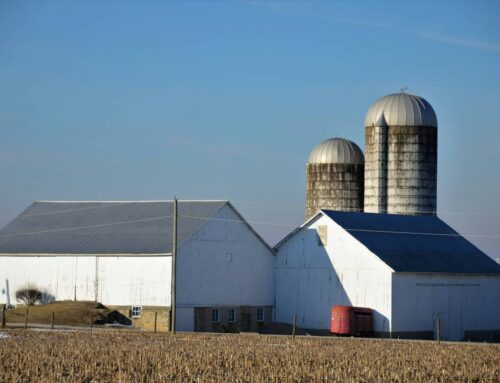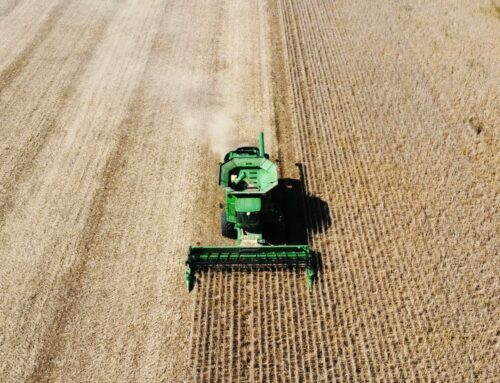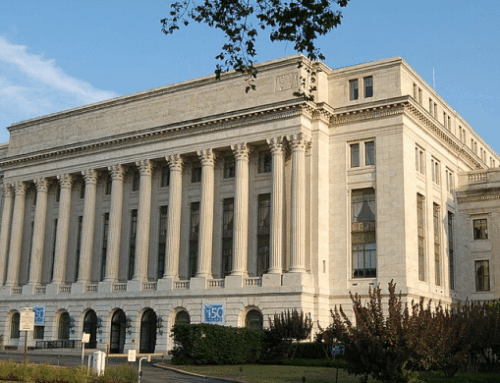View/Download this article in PDF format.
Yesterday, the House Agriculture Committee released its 2012 Farm Bill draft which eliminates some wasteful commodity programs but immediately turns around and replaces them with costly cash guarantee entitlement programs and a new version of federal intervention in the marketplace with a target price program. The Congressional Budget Office (CBO) estimates that the bill would save $35 billion over ten years compared to the baseline of $992 billion. That’s a 3.6% whisker the Committee shaved off a bill that is 60% larger than the last farm bill. Granted, the Committee saves about $11 billion more than the Senate-passed bill, but if the bill simply eliminated the egregious direct payment program and did nothing else, it would save even more – $45 billion. The House bill’s savings pass the relatively low bars of $33 billion and $30 billion included in the President’s budget request and the House Republican budget.
Commodity and Shallow Loss Programs
The bill would finally eliminate direct payments, as well as the failed Average Crop Revenue Election Program (ACRE) and the Supplemental Revenue Assistance Payments (SURE) that were created in the last farm bill. But instead of putting the $50 billion in savings from eliminating these programs toward deficit reduction, it saves just $14 billion by spending the savings on three new unnecessary shallow-loss programs and expanding crop insurance programs, changes that will guarantee farm business income and lock in record commodity prices. In total, only $1 out of every $4 in potential savings would be sent to deficit reduction.
In addition, it claims to eliminate counter-cyclical payments but actually just puts this price-fixing mechanism in a subsidy relocation program by renaming it Price Loss Coverage (PLC). Even worse, PLC sets the price triggers higher than they had been previously, ensuring earlier payouts in the case of a price reduction.
The bill would provide producers an option to enroll in either PLC or a new fully taxpayer subsidized Revenue Loss Coverage (RLC) program which would guarantee up to 85% of expected revenue (this program is roughly analogous to Agriculture Risk Coverage (ARC) in the Senate-passed bill that would guarantee up to 89% of expected revenue). RLC would lock in up to 85% of expected farm business revenue, providing payments when the price of a commodity dips or yields fall below a pre-determined level thus reducing revenue (the product of price times yield). CBO estimates that RLC and PLC will cost taxpayers $24.5 billion over 10 years. The government-set target prices in PLC would be about 40% higher than those from the last farm bill (specifically, from 2012 crop year prices).
Even though prices rose to record levels from 2005 to 2010, the House’s target prices for six out of the eight eligible crops would be higher than average prices from 2005 to 2010, triggering regular PLC payments. In fact, market prices for all eight crops would have dropped below the target price in at least one year during this period. If even small price drops occur over the next five years, taxpayers could be on the hook for millions or even billions of dollars to pay for this market- and trade-distorting program.
Producers could receive up to $125,000 per year from RLC and PLC, which is much higher than the $50,000 payment limit included the Senate’s shallow loss ARC program; peanut producers could receive another $125,000 allotment. If farm businesses exceed $950,000 in annual adjusted gross income (AGI), they would not be eligible for farm payments. Again, this is much less restrictive than the Senate’s AGI limit of $750,000.
Crop Insurance Programs
Like the Senate bill, the House version does nothing to reign in the exploding cost of taxpayer subsidized crop insurance. In fact, the bill makes the situation worse by increasing the program costs by $10 billion over 10 years ($5 billion more than the Senate). This brings the CBO-estimated cost of crop insurance to a record $100 billion and leaves taxpayers with only a quarter of the savings that they should have realized with the elimination of wasteful commodity programs, not to mention crop insurance.
To placate Southern interests who opposed the Senate bill’s cuts to direct payments and government-set target prices, the House showered them with special-interest carve-outs like:
- PLC, the new price support program,
- a new peanut revenue insurance program,
- new crop insurance research and development priorities for rice and peanuts and a policy that would allow producers to “separate enterprise units by risk rating,”
- and a shallow loss program for cotton called Stacked Income Protection Plan (STAX) that would lock in a reference price of $0.6861 per pound which is only 3% lower than today’s Dec. 2012 futures price.
Producers would also be able to separately insure irrigated and non-irrigated crops and substitute actual poor yield experiences on the farm with higher estimates to boost the likelihood of crop insurance payouts. Together, these additions and changes will encourage farmers to plant in risky areas at taxpayer expense, especially since no conservation requirement strings are attached to crop insurance, SCO, or STAX.
With a $1.3 trillion deficit and $15 trillion of debt, the Committee should be focused on sacrifice and budget cutting. Instead, lawmakers want to give agricultural special interests bonus crop insurance subsidies – the only section of the farm bill to receive a huge spending bump. And like the Senate, the House bill would dictate that any savings from renegotiation of the Standard Reinsurance Agreement—which governs how much risk crop insurance companies are required to keep, and how much they will be reimbursed for managing crop insurance policies—must be close to budget neutral. It also mandates that any future savings be plowed back into crop insurance premium subsidies, administrative subsidies to insurance companies and agents, and pilot programs.
Interactions between Shallow Loss Entitlements and Crop Insurance
With so many similar cash guarantee programs covering the same or similar price and yield dips, taxpayers are bound to pay for duplicative and overlapping losses. In addition, when farm businesses are offered shallow loss entitlements that are 100% taxpayer subsidized, including RLC or the Senate’s ARC, or another called the Supplemental Coverage Option (SCO) which is 70% subsidized, they will choose the most generous option. Crop insurance already guarantees up to 85% of a farm’s expected income and is grossly subsidized by an average of 62%. CBO predicts producers will reduce their insurance coverage when presented with these cheaper and more lucrative cash guarantee options. The House bill (unlike the Senate bill) would at least restrict producers from participating in multiple shallow loss programs. They just get crop insurance and one side shallow loss program, so to speak.
Conclusion
Like the Senate bill before it, the House bill inches in the right direction by eliminating direct payments, but dramatically falls backward by breathing new life into planned economy price supports, guaranteeing record farm business income, and creating unnecessary special interest carve-outs.
July 2012
For more information, contact Joshua Sewell at 202-546-8500 x116, or josh[at]taxpayer.net.










